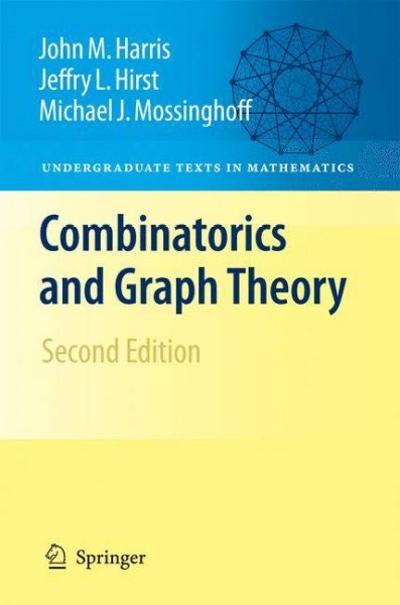Question
In Problems 5-12, a probability experiment is conducted in which the sample space of the experiment is S= 1,2,3,4,5,6,7,8,9 10, 11, 12Let event E =
In Problems 5-12, a probability experiment is conducted in which the sample space of the experiment is S=\ 1,2,3,4,5,6,7,8,9 10, 11, 12Let event E = \{2, 3, 4, 5, 6, 7\} event F = \{5, 6, 7, 8, 9\} , event G = \{9, 10, 11, 12\} , and event H = \{2, 3, 4\} . Assume that each outcome is equally likely 5. List the outcomes in E and F. Are E and F mutually exclusive? 6. List the outcomes in F and G. Are F and G mutually exclusive? 7. List the outcomes in For G. Now find P(For G) by counting the number of outcomes in For G. Determine P(For G) using the General Addition Rule . 8. List the outcomes in E or H. Now find P(E or H) by counting the number of outcomes in E or H. Determine P(E or H) using the General Addition Rule . 9. List the outcomes in E and G. Are E and G mutually exclusive ? 10. List the outcomes in F and H. Are F and H mutually exclusive ? 11. List the outcomes in E ^ c Find P(E ^ c) . 12. List the outcomes in F ^ c Find P(F ^ c) .Answer problem 9, and 11 Thank you!!

Step by Step Solution
There are 3 Steps involved in it
Step: 1

Get Instant Access to Expert-Tailored Solutions
See step-by-step solutions with expert insights and AI powered tools for academic success
Step: 2

Step: 3

Ace Your Homework with AI
Get the answers you need in no time with our AI-driven, step-by-step assistance
Get Started


